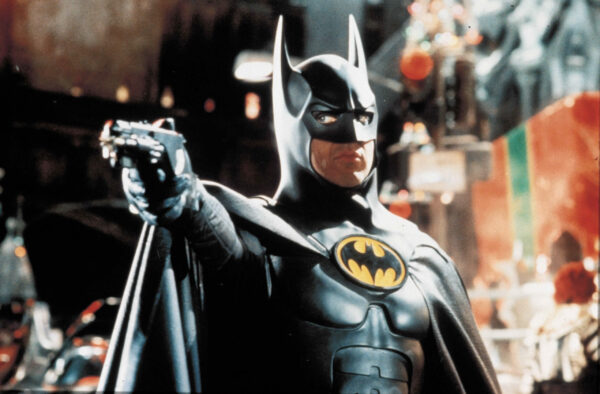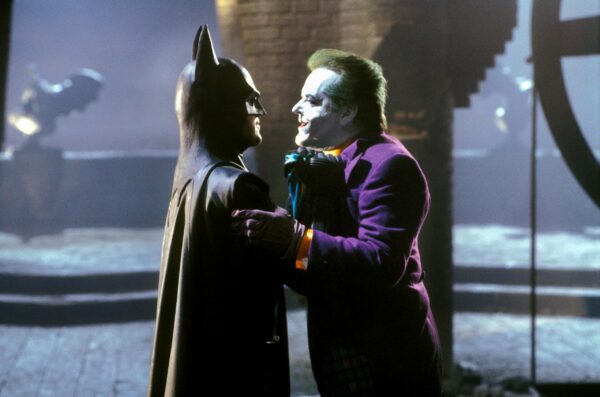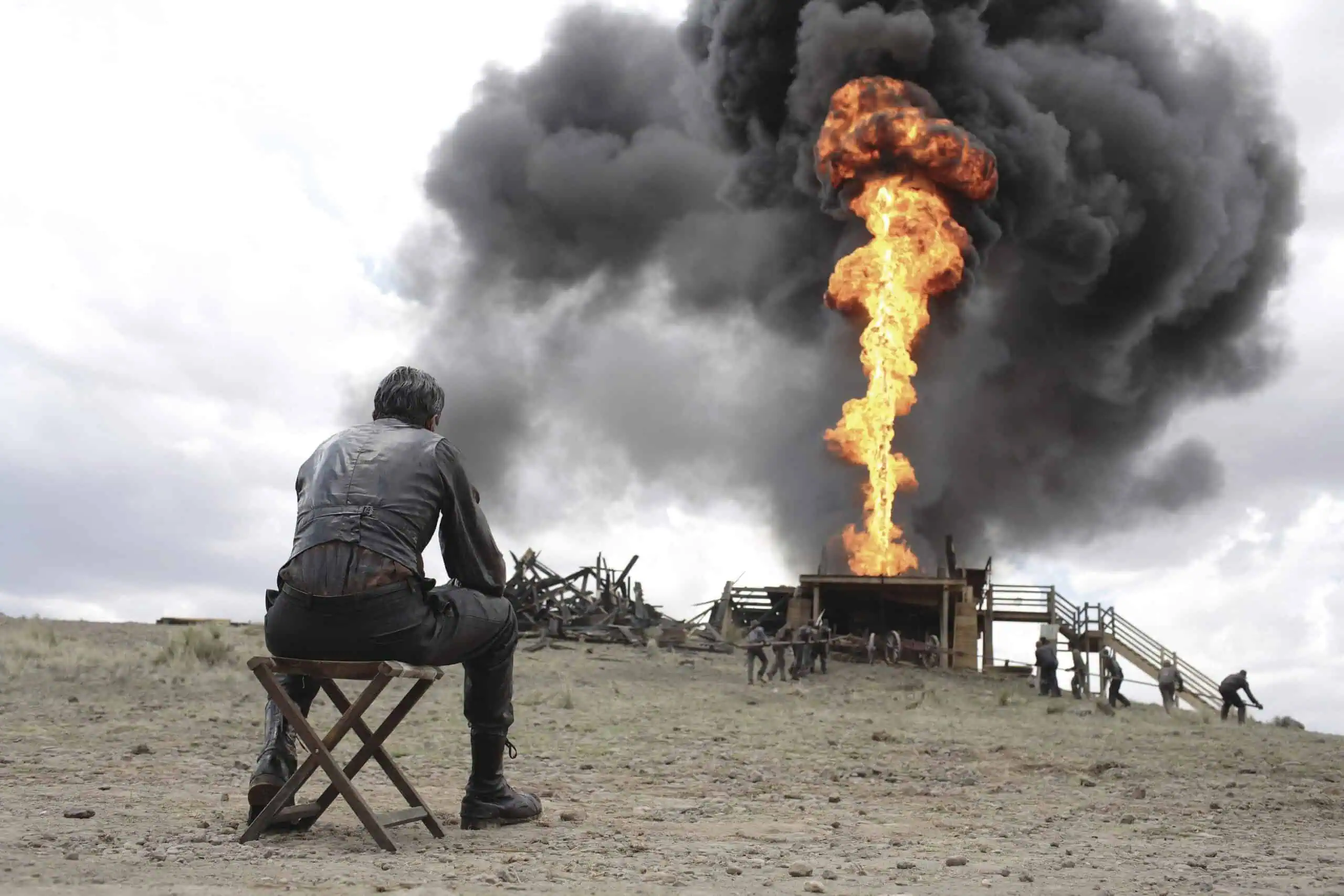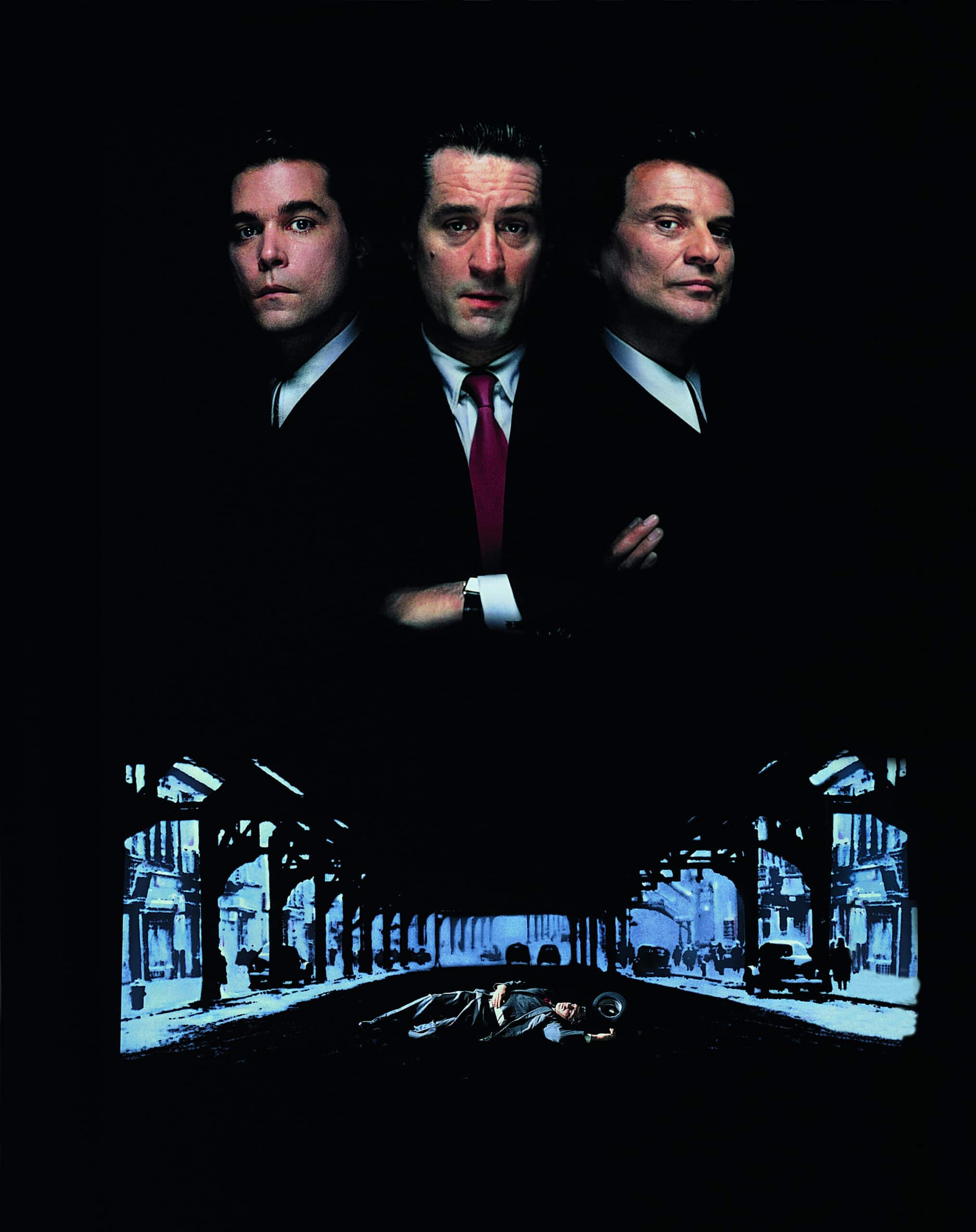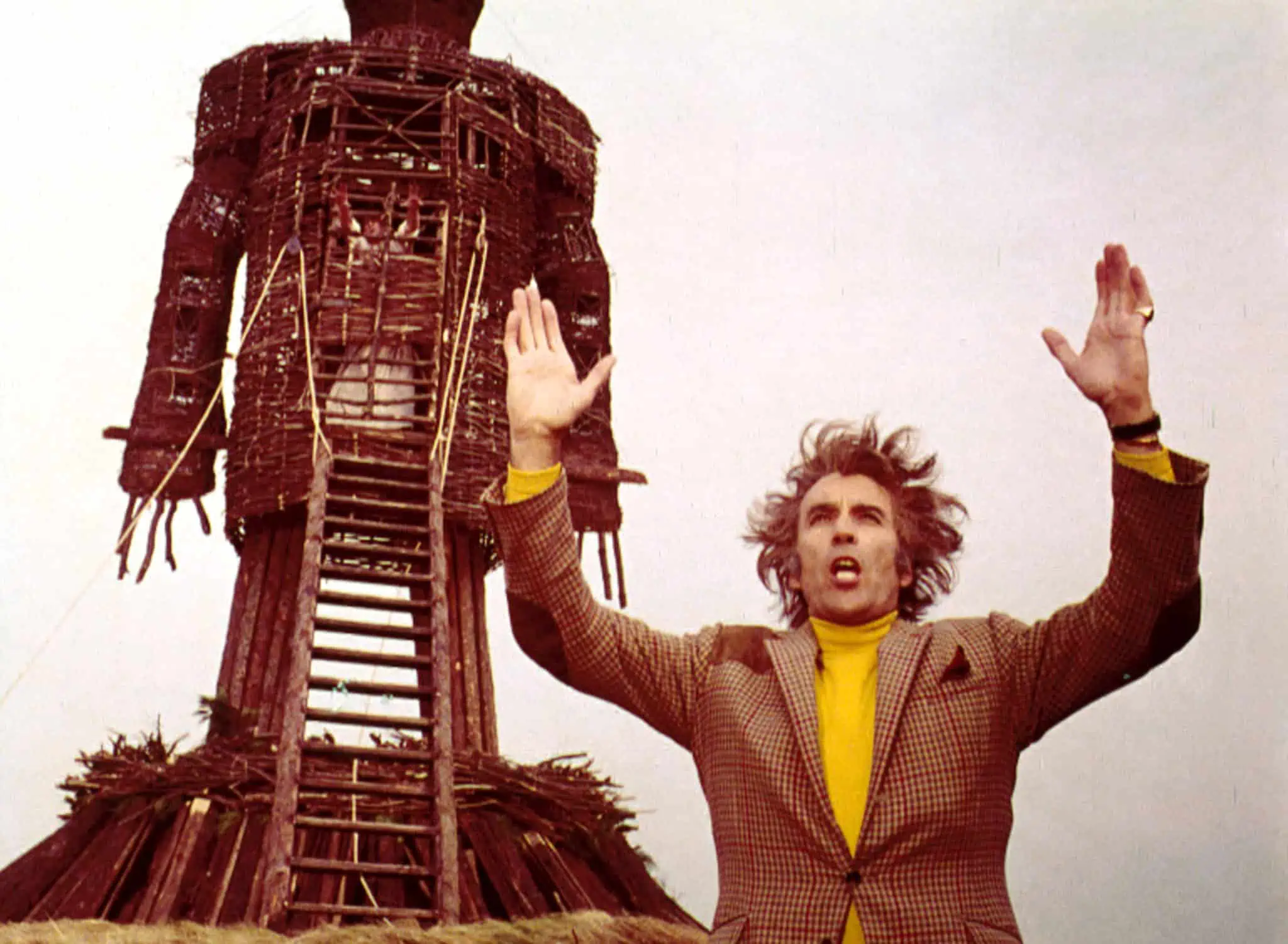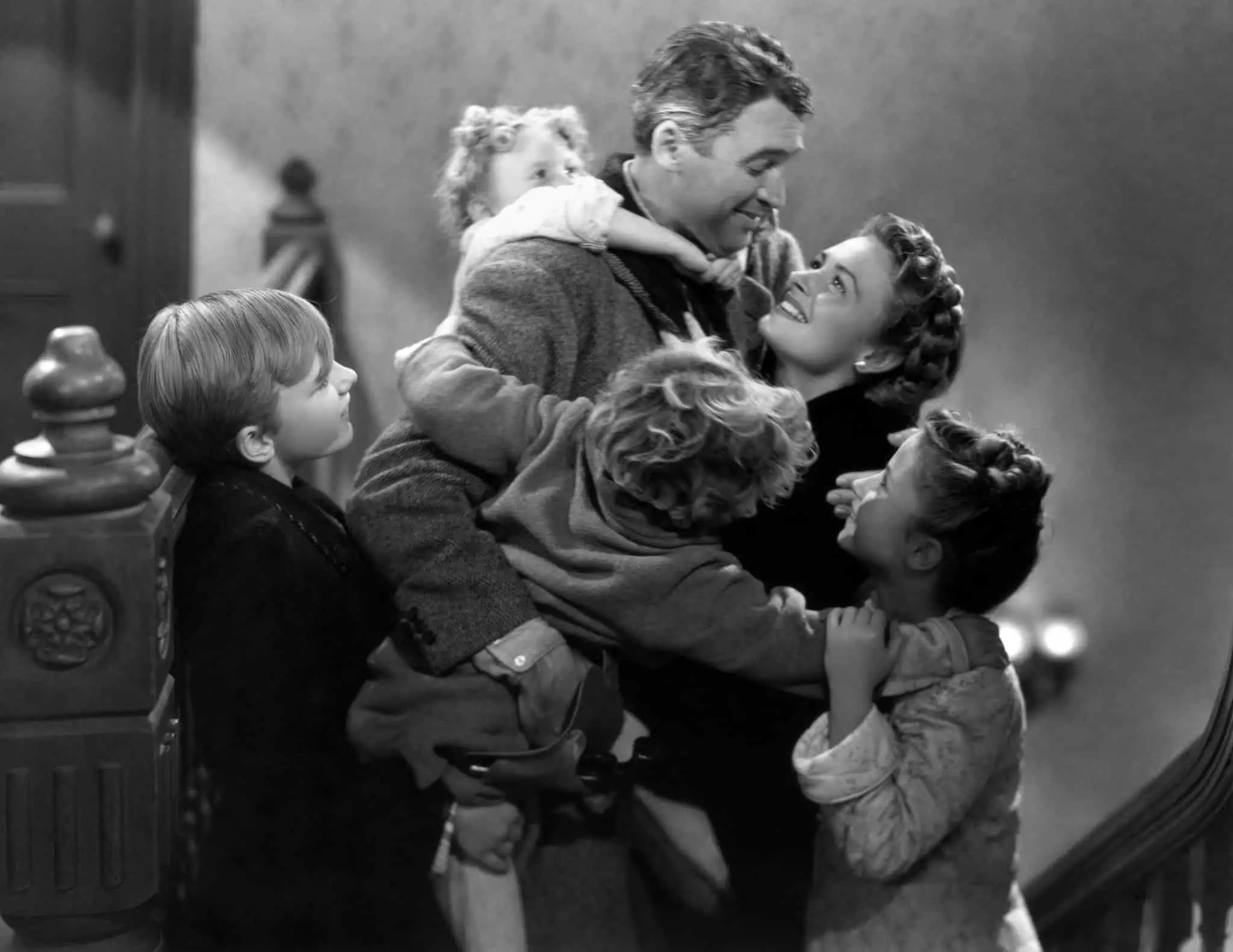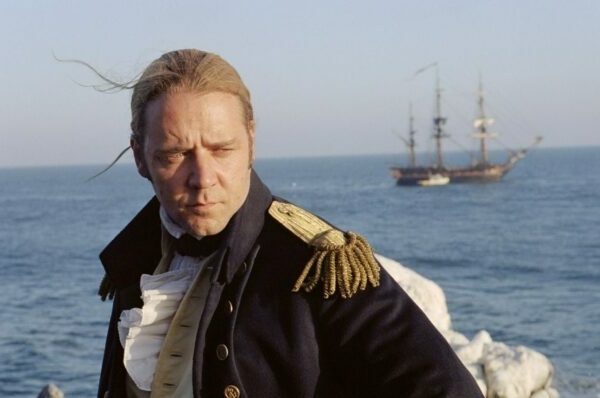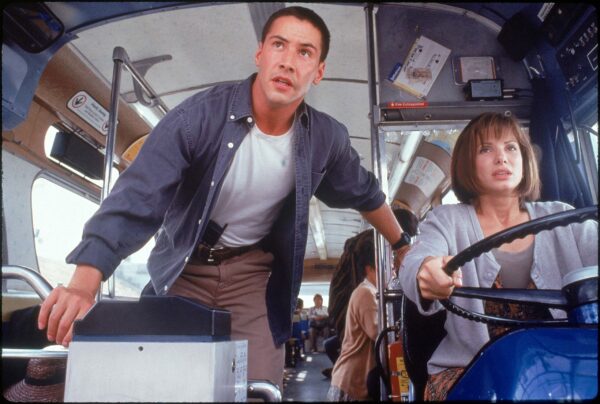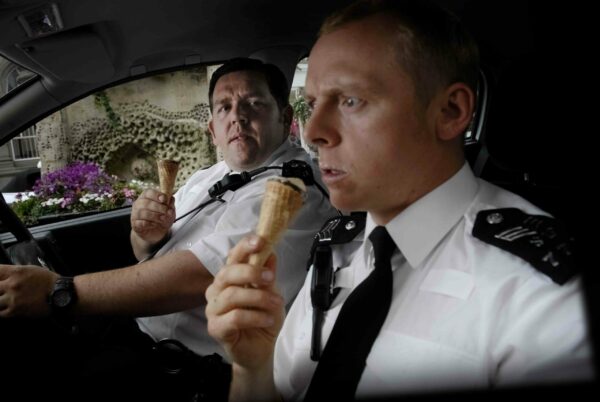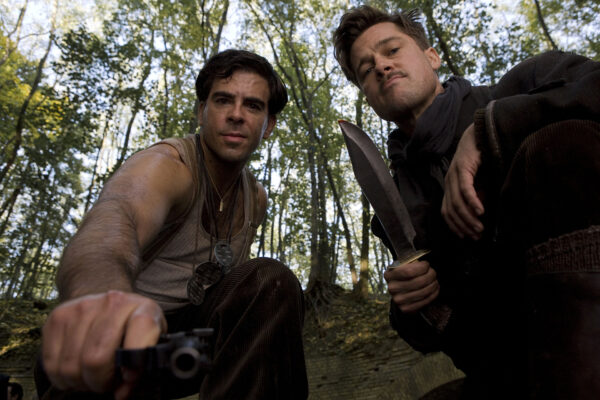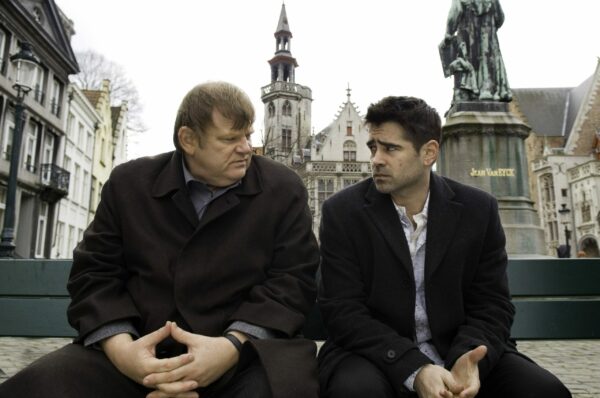
Jack Clayton’s The Innocents is a 1961 horror masterpiece. Mostly forgotten nowadays, Rory Kiberd dives into Hollywood history to revisit a little-known movie gem.
We all know that sinking feeling when a horror film is suddenly no longer scary – maybe we see too much of the CGI monster that has only been glimpsed up to now, or the set up to a jump-scare is all too familiar, or a murderer has been humanised too much, his psychosis too neatly surmised as the result of some trauma.
The most haunting horror movies are the ones that can’t be massaged away with explanations. And this effect is often achieved by refusing to answer the question at the heart of the drama.
Just what the hell is wrong with Leatherface and his queasy kin to make them murder like this? Why is Michael Myers stalking teenagers? Why does Donald Sutherland meet a fateful end at the hands of a dwarf who has been impersonating his deceased daughter? No explanation is forthcoming, and this is why these films are among the scariest horror movies.
Even very good horror movies can make this mistake of explaining too much. Recently the brilliantly terrifying Hereditary (Ari Aster, 2018), committed the blunder of spelling out its supernatural conclusion too literally, vanquishing all ambiguity. And similarly, The Babadook (Jennifer Kent, 2014) ultimately confirms for us that the evil entity is a manifestation of the mother’s repressed grief. This may be intriguing but it sort of wraps up everything with a neat little bow and doesn’t give us much to chew on. Were these ideas merely hinted at, they might have been even more effective. In short, Norman Bates dressing up as his mother is scary; a psychiatrist coming in at the end to spell everything out for us is not.
In horror, the less you know the better; knowledge is not power. Allowing us to fill in the blanks makes for a far more haunting experience.
So, it’s time to pay tribute to the seminal “scary kid” movie as this year marks the 60th anniversary of its release. Jack Clayton’s The Innocents’ (1961) undimmed brilliance is a testament to how less is more in a horror movie. Based on Henry James’ novel, The Turn Of The Screw, the movie is a masterpiece of ambiguity.
The story follows Miss Giddens (Deborah Kerr in a career-best performance) who has just been given the job as the new governess at Bly, an imposing estate. She is to look after Miles (Martin Stephens) and Flora (Pamela Franklin), two initially lovable orphans. Their self-absorbed uncle has hired her to assume full responsibility of them and doesn’t want to be bothered.
The previous governess died suddenly. But aside from this, the only note of disquiet is that Miles was expelled from boarding school for “being a bad influence” on his peers. Miss Giddens assumes the teachers must have got it wrong as she is thoroughly won over by the unfailingly polite boy.
If anything, he is a bit too charming and worldly. Of course, things soon take a turn for the macabre. Miss Giddens starts seeing apparitions of a woman and a man and hearing disembodied voices. Also, the children, having seemed sweet, start to appear knowing and secretive. She learns from the housekeeper, Mrs. Grose, of how the previous governess, Miss Jessel, met her untimely end. Going on Miss Giddens’ description of the apparitions, Mrs. Grose recognises them as Miss Jessel and Peter Quint, another deceased employee at Bly. He and Miss Jessel had been in a toxic, fateful relationship. Miss Giddens becomes convinced that Quint and Miss Jessel have possessed the children so that they can resume their relationship.
Or is it all in her head?
Miss Giddens (Deborah Kerr) indulges the children in a terrifying game of hide and seek in The Innocents.
Truman Capote was responsible for the bulk of the screenplay, giving it a Freudian dimension. In The Innocents, it could very well be that the children are being possessed by the deceased former employees, or it could be that Miss Giddens is projecting her repressed sexuality onto them, as pointed to by her flirtations with Miles, culminating in an all-too-adult kiss, shocking and taboo for the time. Nothing is set in stone.
The children’s disconcerting precociousness is flagged up in solicitous, conspiratorial glances, which give credence to Miss Giddens’ suspicions that they are possessed. What’s ingenious is that the children’s worrying behaviour could also be explained away rationally. Miles did spend a lot of time around Peter Quint, so, desperate for a father figure, it’s only fitting that he would emulate him. When someone influences us very strongly it does amount to a sort of possession. Unlike Hereditary, Clayton and the screenwriters wisely resist resolving whether events are supernatural or merely psychological.
Someone who demands answers in their moviegoing experience might make the counter-argument that forgoing an explanation is lazy and makes a film insubstantial. But, in the case of a masterpiece like The Innocents, less is not only more effective, it actually points to more. There’s so much that could be going on under the surface, that less makes for a richer meal. Judiciously leaving things out is not the same as insufficient writing.
The most recent adaptation of Henry James’ novel, Mike Flanagan’s TV series The Haunting Of Bly Manor (2020), suffers from a surfeit of backstory and convoluted explanation. It tries to deepen the story but instead it gilds the lily and, as a consequence, is less scary than a leisurely Sunday stroll. I will never forget the jolt of icy fear I felt seeing the first apparition of Miss Jessel across the lake, inexplicably appearing out of nowhere, and the shuddery feeling that lingered long after. In Flanagan’s series, we see the whole torrid affair between Quint and Miss Jessel in flashback, so Miss Jessel’s apparition doesn’t incite fear, but a mild sympathy.
Showing their backstory renders them merely human. They aren’t the chillingly equivocal figures that appear in Clayton’s film. Seeing Quint and Miss Jessell thoroughly explained, it’s as if Michael Myers and Leatherface have just dropped their weapons and asked for a hug and nice cup of tea before explaining how their dysfunction all began with their parents…
In fact, Clayton’s good friend Harold Pinter advised against showing the ghosts’ backstory as it would completely defang them. Similarly, Clayton wisely excised from the script a visit from the uncle in order to contain the cut-off world of Bly.
A conclusive psychological explanation can be interesting but kills mystery stone dead, and gives us no reason to think about the film after the credits roll. Or as the inimitable Pauline Kael put it: “It is the unreality of The Innocents – the distance – which makes the whole concept work. The further away the ghosts are, the more truly ghostly”.
This is why film is a better medium for horror than the miniseries, which favours elucidation rather than suggestion. The Innocents makes a strong case for film’s supremacy in depicting horror, while streaming platforms are needlessly dragging out content.
So, though film might seem in jeopardy at a time when cinemas are closed and television can go deeper in its characterisations, Clayton’s masterpiece is as good an argument as any for film’s supremacy in depicting the unfathomable horrors that lurk behind every corner.


